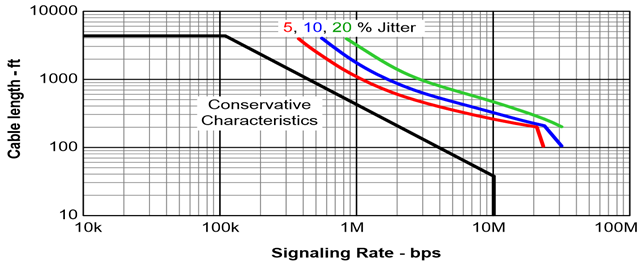Other Parts Discussed in Thread: THVD8000, , THVD8010
Hi,
We have requirement for RS485 power over communication with data rate 10Mbps upto 500m cable distance.
It is noted that the THVD8000 device can be used with two-wire cable power cables via RS485 Communication.
This part support data rate as 500kbps only. But our requirement 10mbps upto 500m cable distance.
kindly suggest any part for this power over RS 485 communication?
And please confirm , Whether below mentioned IC can used or not for Power over communication?
Part # SN65HVD23 series transceiver part.


